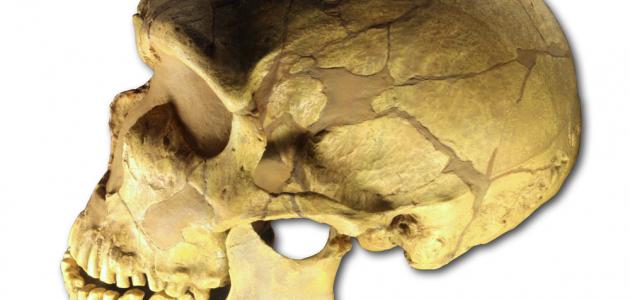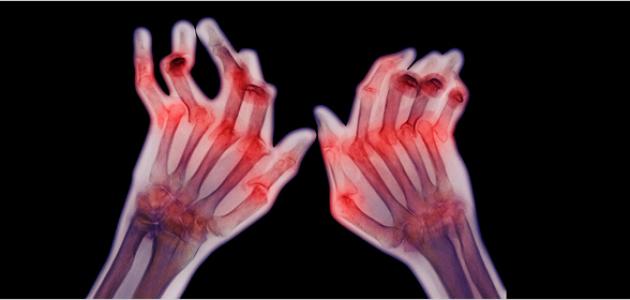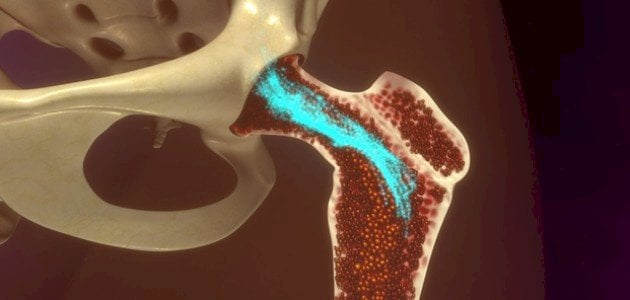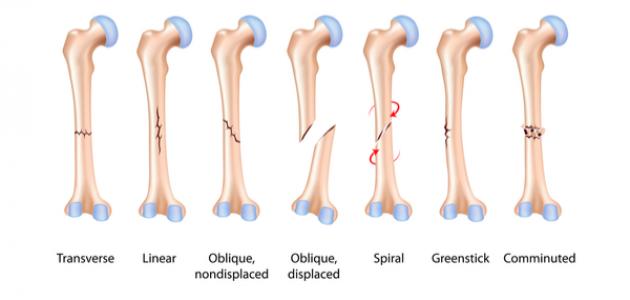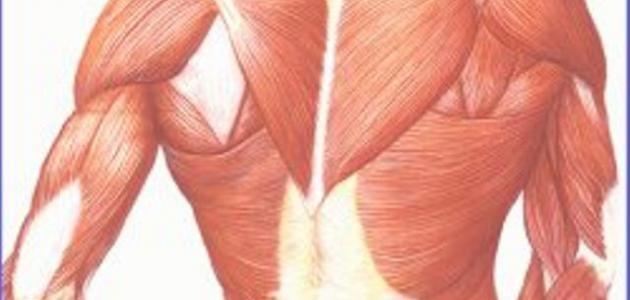Human skull
The human skull is the bone responsible for protecting the brain and the upper area of the head in vertebrate animals. It is of two types: the neural skull surrounding the brain that protects the jaws and the tongue area, in addition to the visceral skull. The human skull consists of two types of bones: the single bones, which number six. In addition to the paired bones, which number eight, the total is fourteen bones, which we will introduce you to in this article.
Number of bones in the human skull
Single bones
- Frontal bone: This bone forms the upper forehead and the roof of the orbit, in addition to the upper edge, known as the nasal section, located between the two previous sections. At the beginning of a person’s life, the frontal bone is double, but it fuses to become single.
- Occipital bone: It is one of the membranous bones that resembles the ear of a cup or jar. It is located in the lower and front region of the skull. It contains a circular hole known as the foramen magnum connecting the spinal canal and the cranial cavity.
- Sphenoid bone: The sphenoid bone is located in front of the temple bones, and the occipital bone is at the base of the skull. This bone resembles a butterfly in shape, and is connected to many bones, such as: the vomer, the occipital, and the palate.
- vomer bone: It is known as the nasal and septal bones, and it touches the sphenoid, ethmoid, palate, and jaw bones.
- Ethmoid bone: It is the bone that separates the hollow region of the nose from the brain. It is located in the middle region of the orbit. It is noted that it resembles the letter T in English, and it was given this name as a result of it containing a group of sieve-like holes.
- Lower jaw bone: It is the largest and strongest bone in the human face, and it is the only movable bone of the skull.
Read also:Arthritis injections
Double bones
- Maxillary bone: It is one of the fixed bones in the skull, unlike the lower jaw bone.
- Temporal bone: This bone forms part of the sides and base of the skull, where each side is called the temple.
- Parietal bone: It has a quadrilateral shape, and forms the roof area of the skull.
- cheekbone: It is the bone that forms the prominent area in the cheeks, and connects with the upper jaw, temporal bone, frontal and sphenoid.
- Lacrimal bone: It is the smallest bone that makes up the face, and the most susceptible to breakage. It is characterized by its rectangular shape, two faces, and four edges.
- Nasal bone: It is the bone of the nose, which varies in size and shape from one person to another.
- Palatine bone: The palatine bone is responsible for forming the so-called hard palate.
- Inferior nasal concha: It is one of the three nasal turbinates, extending to the caudal region of the nose.
